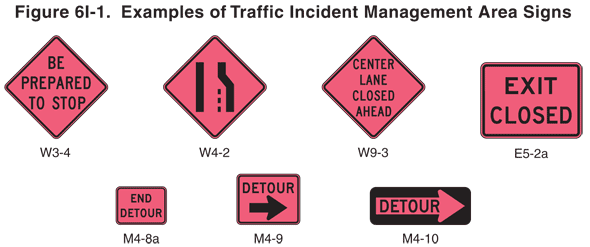Storm drainage maintenance and design play a key role in reducing the potential for hydroplaning
Flash flooding and water buildup on roadways is becoming more prevalent as storm intensity increases. There is always potential for hydroplaning when there are wet surfaces however, the increase in frequency and intensity of storms puts drivers at a greater risk. While there is a higher potential for hydroplaning during heavy rainfall, it can still occur at relatively low speeds and rainfall intensities. In fact, a car is more likely to hydroplane in the first few minutes of rainfall when the water and oil residue from the surface initially come in contact.
Hydroplaning: Separation of the vehicle tire from the roadway surface due to a film of water on the roadway surface. – Urban Drainage Design Manual
Where does storm drainage fit in?
Storm drainage systems play a significant role in both the occurrence and prevention of hydroplaning incidents. During heavy storms, wide roadways produce water depth especially if they have not been properly designed. When rain falls on a sloped pavement surface, it can form a thin film of water that increases thickness as it flows to the edge of the pavement.
A well-designed surface drainage system permits water to flow from the roadway surface as rapidly as possible and off the highway. When there is improper maintenance to the roadway then there is a greater chance for a hydroplaning incident to occur. Drainage facilities should be regularly maintained, especially in the fall, so that they will be ready to handle the rainfall events. Settling of an area, which is evident as breakups or cracks in the pavement, during or following the wet season is usually an indication that there is a drainage problem.
Signage to look out for
Roadways should be visibly marked when the road is expected to have slippery conditions. One popular warning sign used is the Slippery When Wet Sign which is meant to be placed in advance of an affected area. Other signs to look out for are known as Traffic Incident Management Signs. These signs are temporary in nature and are used during a natural disaster or other unplanned events that impede the normal flow of traffic. Examples of Traffic Incident Management Area Signs from the Manual of Traffic Control Devices (MUTCD)are:

Drivers should:
- Watch speed – Be sure not to brake suddenly
- Turn on lights & wipers – Most state laws require that headlights be on when wipers are on
- Make sure tire treads are adequate – If tires are worn, there will be less traction and ability to grip onto the pavement putting a driver more at risk
There are many factors that go into a hydroplaning incident. Storm drainage systems design and maintenance could be a leading factor in certain instances; however, it is always important to make sure that drivers are more cautious when faced with rainfall conditions.
0 Comments
Leave a reply
You must be logged in to post a comment.






